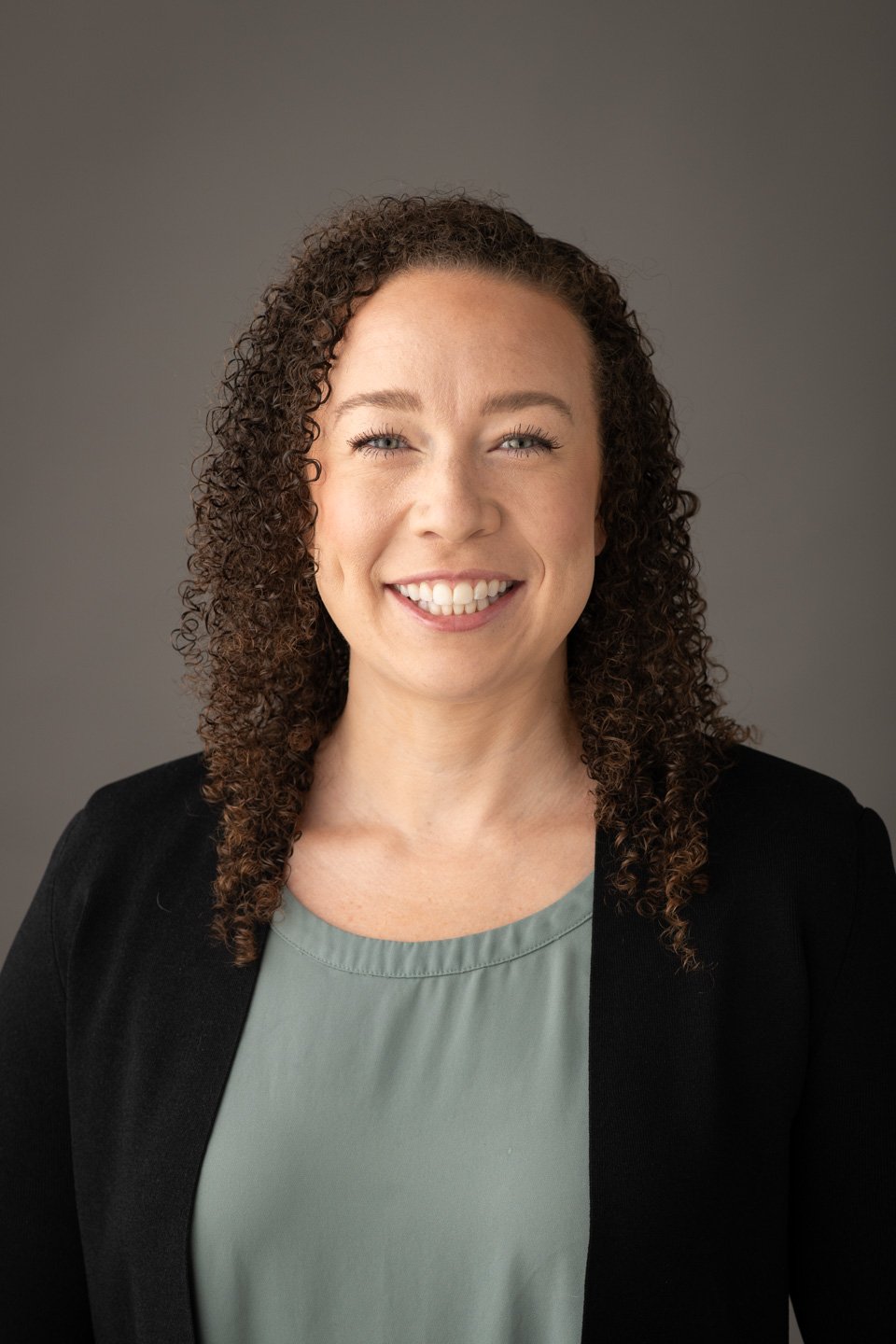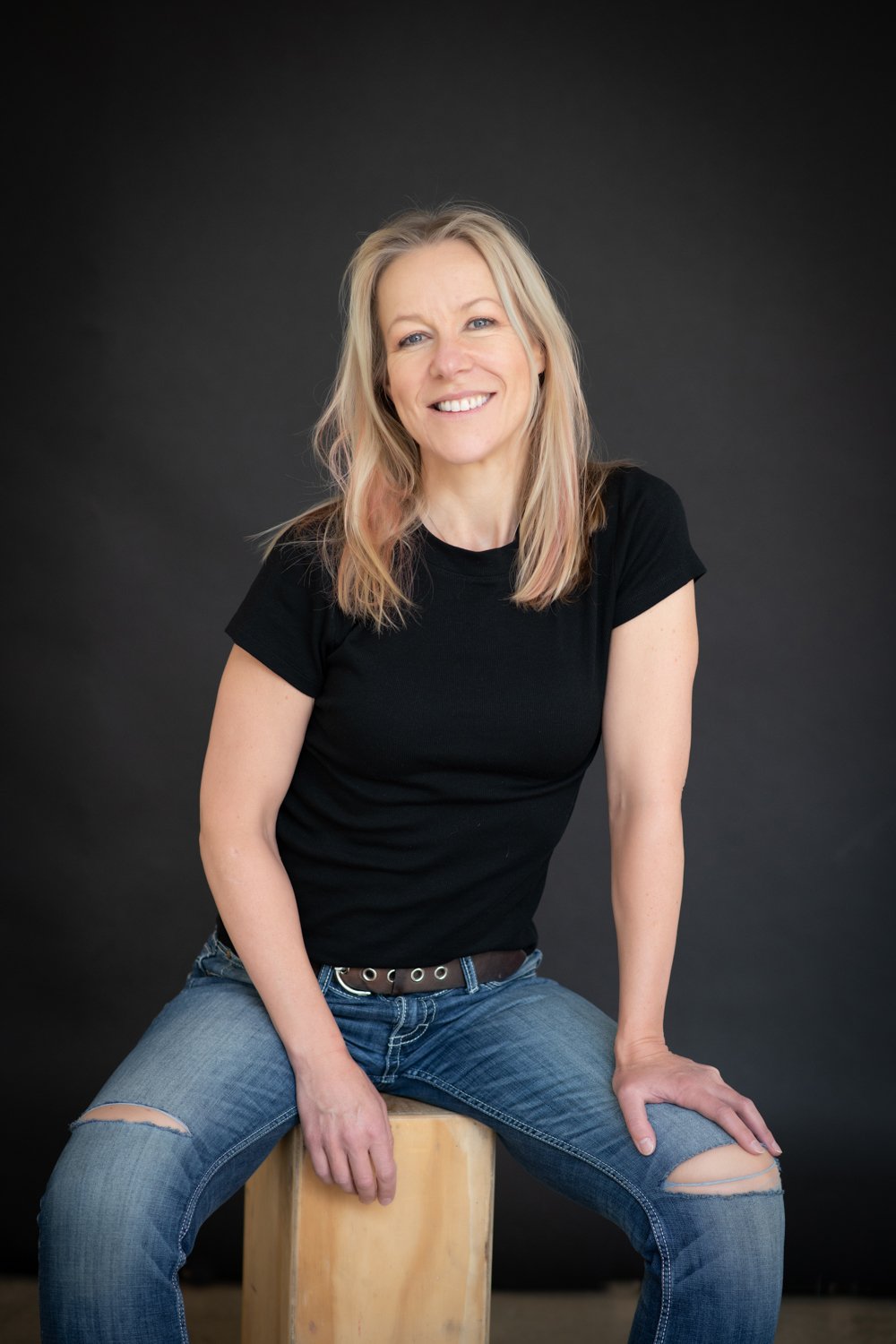The Impact of Lighting on Professional Headshots
In professional headshot photography, lighting isn’t just an element; it’s the cornerstone that shapes the mood, defines the ambiance, and highlights the subject's features. Mastering lighting techniques can transform an ordinary headshot into an extraordinary, captivating image. In this blog post, we’ll discuss the profound impact of lighting on professional headshots and how different lighting setups can influence the outcome.
Lighting as a Tool: Setting the Stage
Let's start by discussing how lighting can be used to set the stage for the perfect headshot.
First, lighting plays a crucial role in creating the atmosphere and setting the mood and ambiance of the headshot. Depending on the chosen lighting setup, it can evoke warmth, drama, or professionalism.
It can also be used strategically to enhance features and add dimension and visual interest. For example, lighting can accentuate facial contours, highlight expressions, and bring depth to the subject's features.
Natural Light vs. Artificial Light
Now, let’s explore the differences between natural and artificial light in headshot photography.
Utilizing natural light can create soft, flattering portraits. It's versatile and can be used in outdoor settings or near windows, offering a natural, airy feel to the headshot.
Meanwhile, studio lighting provides control and consistency. Different setups like key lights, fill lights, and rim lights allow photographers to sculpt the lighting, emphasizing specific features and creating desired effects.
Both natural and artificial light have their place in headshot photography, depending on the style and feeling you are going for.
Key Lighting Techniques
Headshot photographers may use several lighting techniques to achieve the desired look. Let’s explore a few of them:
Soft Lighting: Soft, diffused light minimizes harsh shadows, creating a gentle, flattering look ideal for headshots. Techniques like using softboxes or diffusers help achieve this effect.
Rembrandt Lighting: This classic lighting technique involves creating a small triangular highlight on the shadowed side of the face, adding depth and drama. It’s named after the famous painter’s signature style.
Split Lighting: Split lighting, where half of the face is in shadow and half in light, creates a bold and dramatic look, adding an edgy or mysterious element to the headshot.
Considerations for Different Looks and Moods
When deciding on the type of lighting to use for headshots, a photographer should consider the client's industry and help guide them to the right look and mood for their portrait.
For example, corporate headshots often prefer even, soft lighting with a focus on professionalism and approachability. It's about presenting a polished and reliable image.
For more creative and artistic portraits, photographers can experiment with more dynamic lighting setups to enhance creativity and convey individuality. Dramatic lighting or unconventional setups can evoke a sense of artistry.
Impact on Subject Comfort and Confidence
Beyond the technical visual aspects of a headshot, the proper lighting can also affect the subject’s comfort and confidence. Ample lighting can help create a comfortable environment, allowing them to relax and feel more at ease. They can also feel confident knowing that your lighting is designed to accentuate their best features and will result in a flattering image. Seeing themselves in a well-lit and composed headshot can go a long way to boost their confidence.
Collaboration Between Photographer and Subject
Lastly, collaboration is another critical aspect of choosing the right lighting for headshot photography. Photographers and their clients should communicate before the session to discuss preferences and comfort levels with different lighting setups. This is a key aspect of making sure the final result aligns with their vision. During the session, a skilled photographer should also guide the subject on posing and expression while adapting lighting setups to capture the desired look and feel.
Painting with Light
Lighting isn’t just about illuminating a subject—it’s about sculpting an image, crafting an ambiance, and evoking emotions. The impact of lighting on headshots is profound, dictating the mood, highlighting features, and ultimately shaping perceptions. By mastering various lighting techniques and understanding their effects, photographers can harness the power of light to create headshots that not only capture a moment but also tell a compelling story—a story illuminated by the artistry of lighting techniques.





